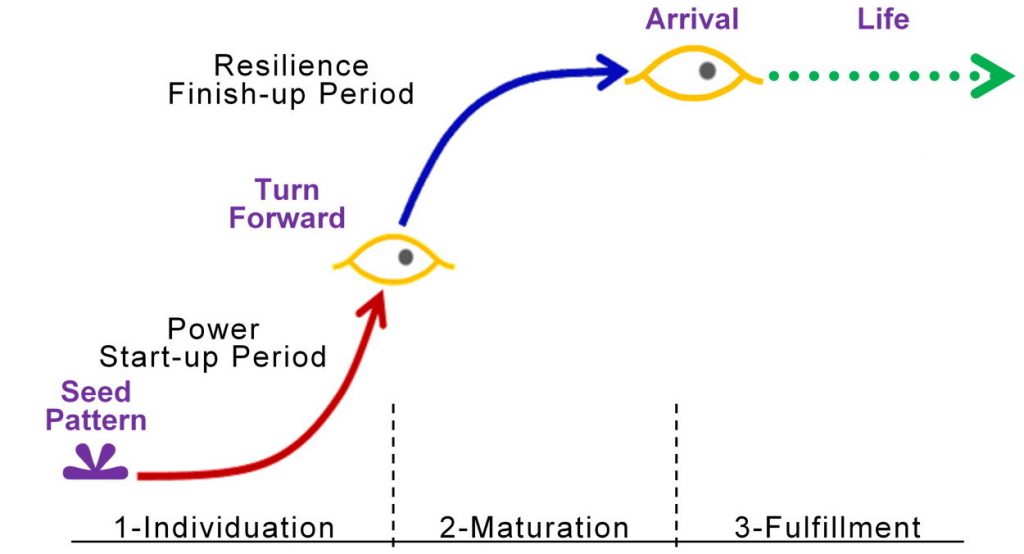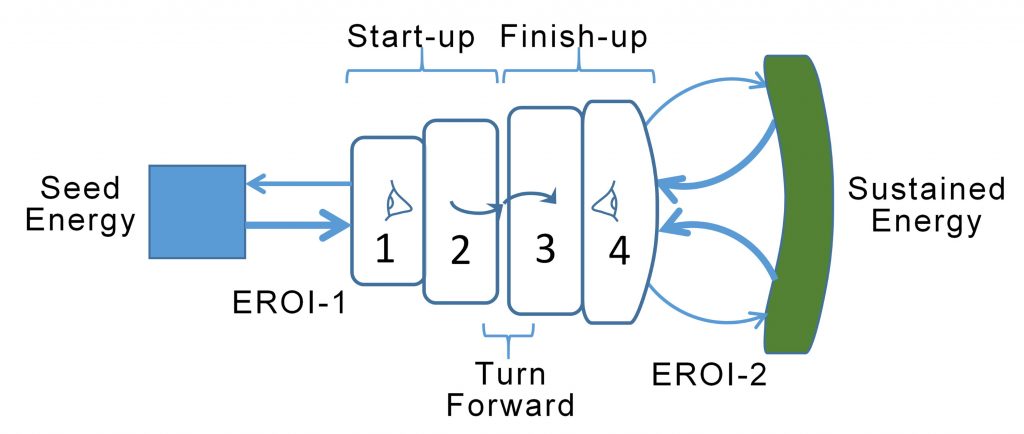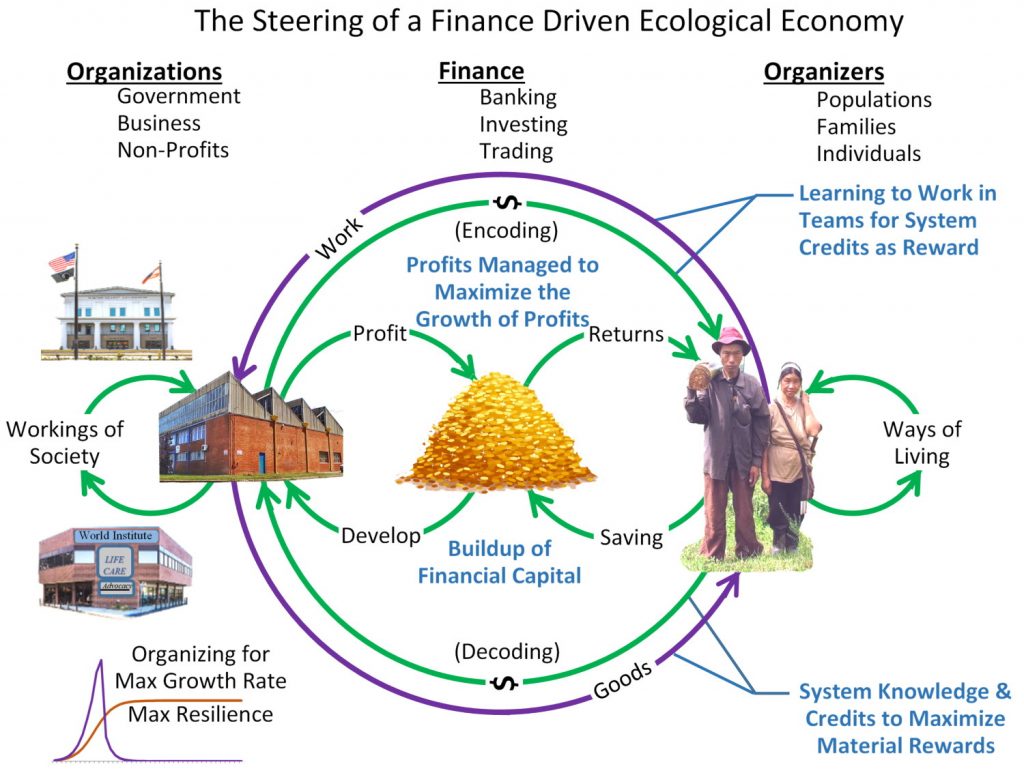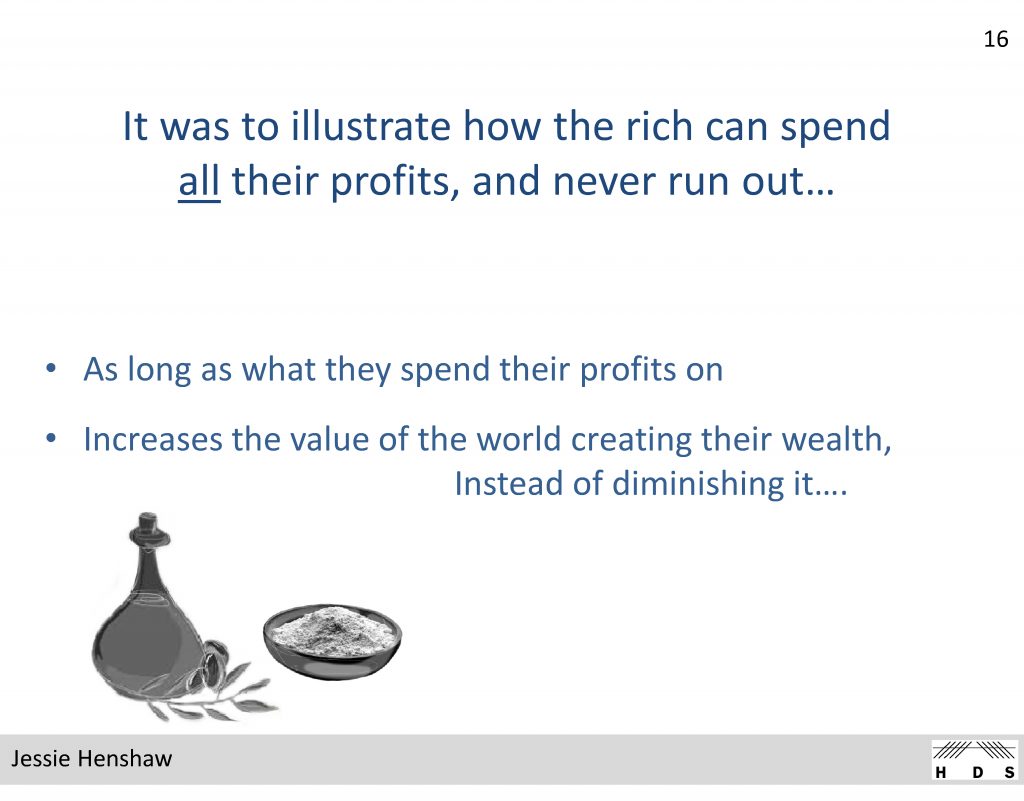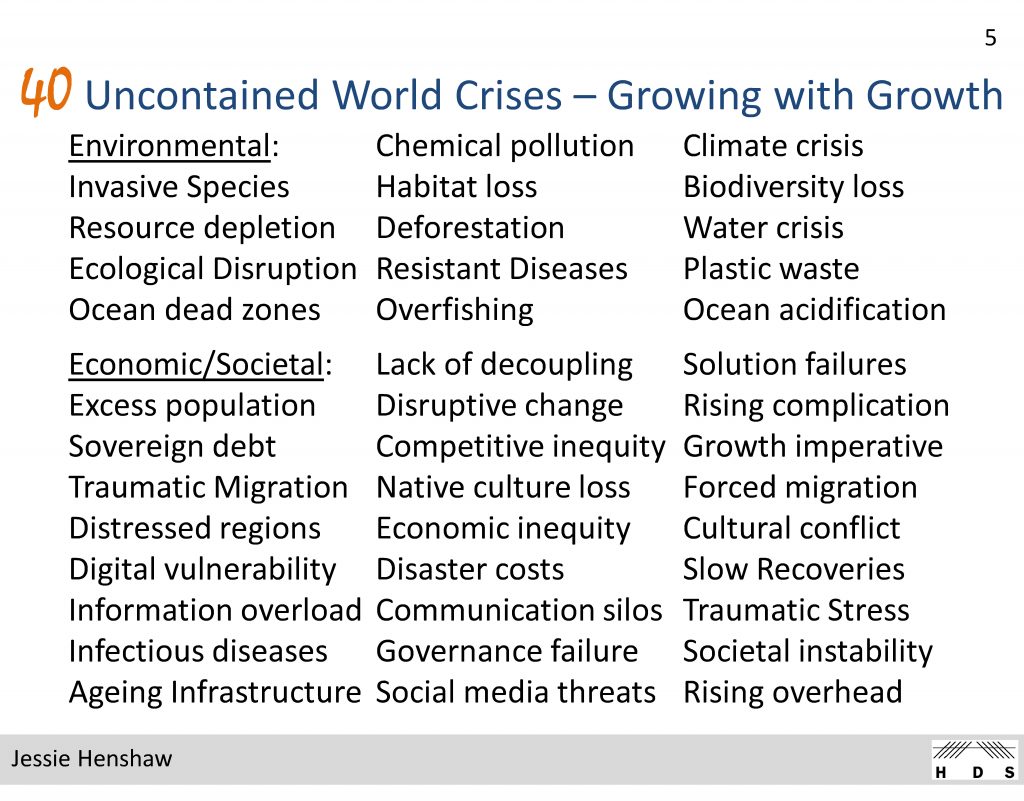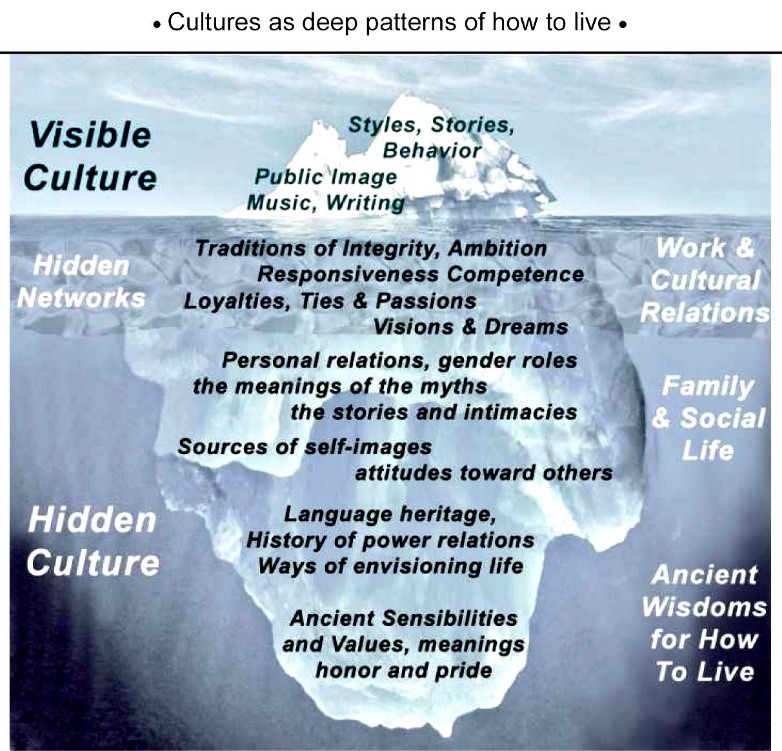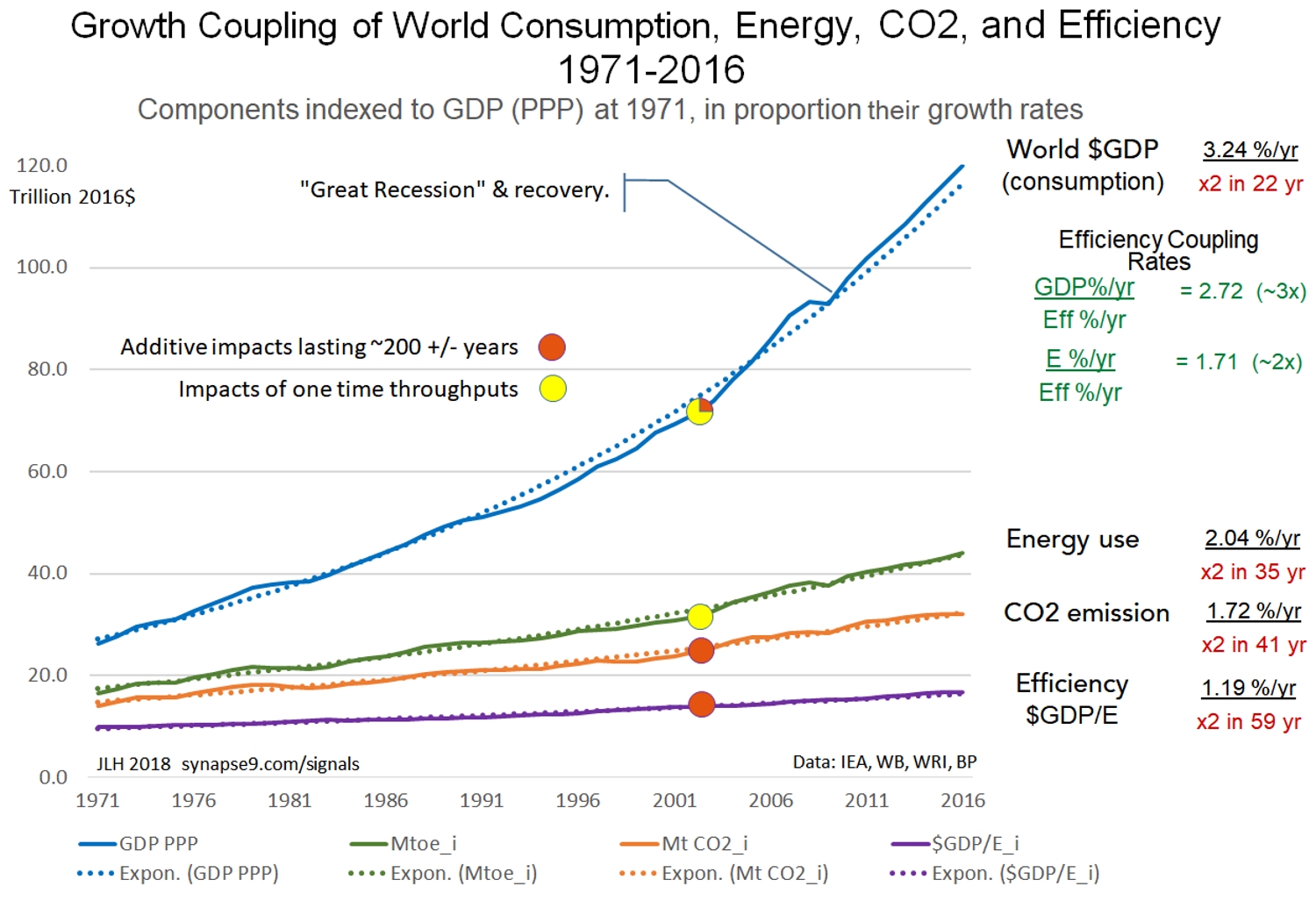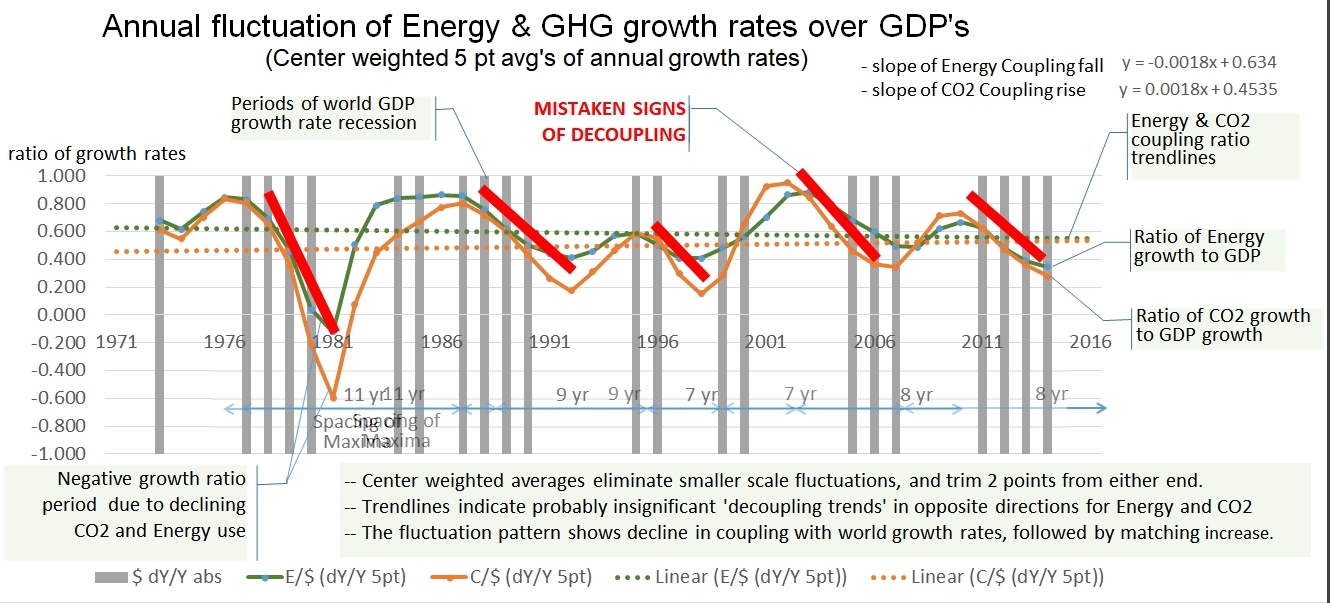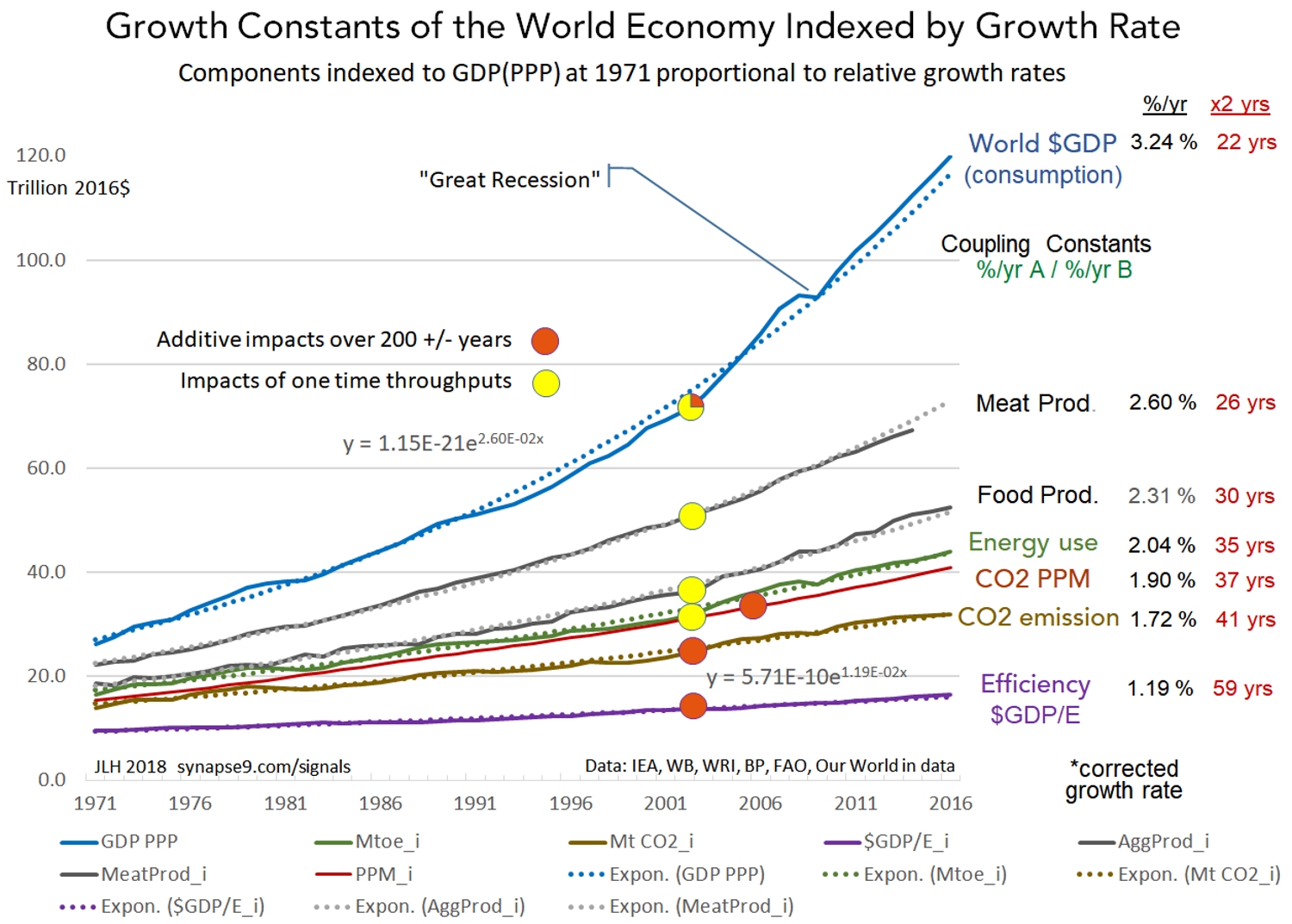A concept in development with the
r3-0.org Sustainable Finance Blueprint”
The FAIR rules act as an overflow valve, to redirect excess savings of passive financial income (normally used by investors to extract exponentially more) back to the free circulation marketplace of the pond to keep from draining the pond and guide investor self-restraint in extracting profits from the earth.
FAIR_Money sets a UBD, Universal Basic Distribution, a standard % rate at which investors need to distribute their excessive savings from passive income.
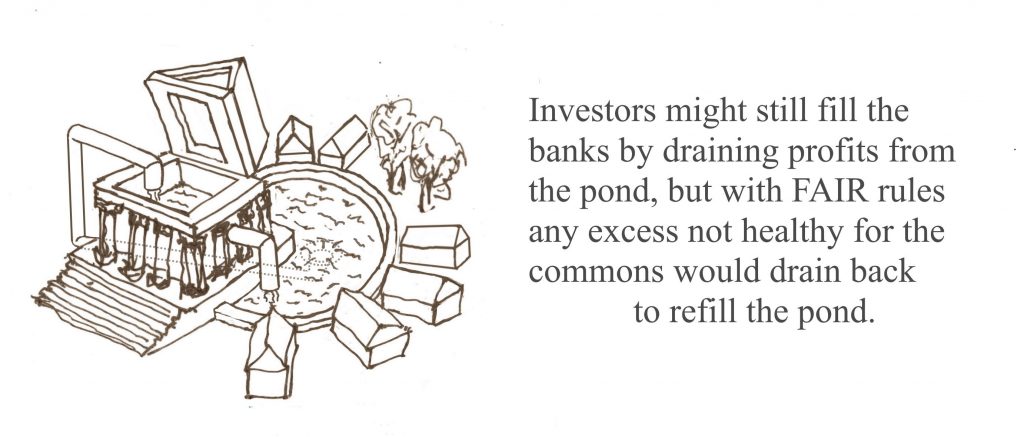
Fig 1. Finance adds funds to free circulation commons, but with strings attached for taking out more as ever-growing profits and escalating drain on the common pool, causing punishing inequality when the economy faces natural limits. To restore balance the FAIR rules ask investors to distribute accumulated profits to qualifying non-profits serving long-term societal needs. That would sustain the profitability of an economy seeking balance with the planet and our need for a good home. .
[See also the Medium article on FAIR, “Call it a great act of Love“]
Date 2020 – 5/25/, 6/30, 7/26
Title Principles of Fiduciary Asset Investment Restraint (FAIR), simple rules to restrain the compounding of unearned income to reverse the present worldwide continued overproduction of demands on nature and society, our great tragedy of the commons. Ownership comes with natural responsibilities.
Topic Compound investment (adding profits to investments) is required to get any enterprise going, but as seen throughout nature is only what starts things, not what makes them sustainabnle. If overextended what it does is globally multiplies the power of the owners of the world over all others, creating the great array of world crises of neglect disrupting global society and nature we see today.
Asking investors to take responsibility for bringing growth to a climax peacefully, tempering their greed for the common good, appears quite necessary for long term peace and prosperity, even if it still seems quite impossible socially. It seems to conflict with the absolute rights of blind ownership. Now lots of owners are beginning to see the grand catastrophy their habits are causing, and that society’s rules should reflect how people would like to live without looming threats in every direction.
Pitch Flatten the curve of growing environmental and cultural exploitation, to reach a thriving peaceful economic climax.
Image
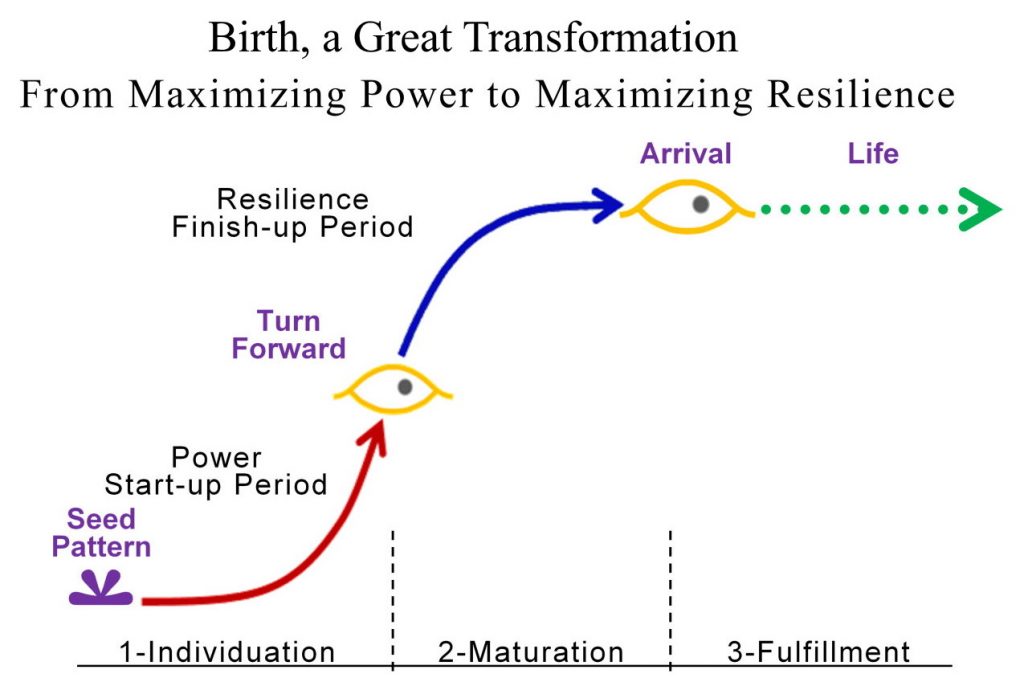
Fig 2 The universal pattern of emerging systems that sustain their climax
Draft Simple Excel Model: FAIRtestModel.xlsx
Statement The world financial system has but one value, to use the earth and human societies to maximize the growth rate and concentration of financial wealth. That leaves out concern for the resulting matching degradation and disruption of natural capitals and human society. To secure the wealth of nature and humanity we must then have Fiduciary Asset Investment Restraint to prevent the rapid decline of whole system value, and secure a good home for ourselves.
In all fairness, FAIR is just one appealing, comprehensive, and eminently fair way to rebalance the compounding of profits consistent with the long term interests of the earth and humanity. There are also tax and negative interest rate means of “topping off” excess passive savings to restore global balance. The value of FAIR is its focus on everyone’s shared duty to serve common interests. It would of course be backed up by legal penalties and alternate means of distributing excess financial savings, once people see the real need to change our way of living. Of course, all three means could be combined, perhaps led by FAIR distributions by individuals accepting their natural fiduciary duty to care for the earth.
FAIR rules would also only gradually reduce the financial imbalance caused by compound investing, and adjusted to not stifle individual financial creativity as it limits punishing demands on nature and society. Spending a fixed annual share of accumulated profits from investments in times of severe imbalance like today, torturing nature and tormenting wide sectors of humanity, would give investors global guidance on how to value the gifts of nature and human society. One must also caution against the use of FAIR distributions for just reliving symptoms of the systemic overaccumulation of savings, as simple symptom relief would fail to steer people’s lives onto sustainable paths. For example, food and services should be offered, but take a back seat to strong socially led education and self-organization efforts.
This is actually a strategy first discussed by JM Keynes in Chapter 16 iii & iv of his General Theory. I’ve interpreted it as an “overflow valve” for excess financial savings to relieve unhealthy burdens on the earth system, dialing back unsustainable extractive investment and relieving the whole economy’s pressure on all our cultural and planetary bounds.
The degree of relief from excess demands on the system would be adjusted with on experience, starting at 10% a year of accumulated for argument sake. That rate would most often not increase wealth distribution to undermine the individual life styles, just skimm off the top. The rate would be adjusted to gradually stabilize the economy’s impacts on earth and society at a comfortable level, both for long term profit and to treat a living world with respect.
In the end, finance would stabilize to generate steady flow of profits for personal and priority needs, the economy thriving as a continually innovating cash-cow business enterprise. In Hardin’s Tragedy of the Commons, the equivalent would be for the rich farmer to see the error of killing the commons, and devote his excess cattle to relieve community suffering, hosting periodic feasts to save the commons and bring the community together, seeing their right to become a welcome hero for giving up the role as the devil himself.
Need Even ignoring the COVID pandemic, the world faces a considerable growing plague of plagues from centuries of growth putting excessive demands on societies and the environment. A sobering list of The Top 100 World Crises Growing with Growth illustrates the problem. While mainstream finance is starting to recognize the need to not just maximize profits at any cost, so far that has largely been only to factoring the risks to ever-growing profits, not harm to our future. Since maximizing the compounding of profits seems to be the real problem, a new way to do it doesn’t really solve the core problem. It also ignores the very numerous other global crises threatening our future, exposing the grand “tragedy of the commons” of global overinvestment for which we are responsible.
Is that partly a matter of the kind of investment we built civilization with? Of course. A tree can’t change its own trunk, roots, and branches though, only slow the new branches to halt destabilizing overgrowth, if it’s not too late. So we should expect a natural Fiduciary Duty for investors and businesses to develop, to the best of their ability, and guided by the progress of the global crisis. That is a way for responsible investing to become universal without expecting investors and businesses making their decisions to understand all the up and downstream impacts on others or the system’s pressures on its whole range of planetary boundaries. In a way, both forgiving and frustrating, the research on global measures of our economic impacts (Henshaw 2011 Systems Energy Assessment) strongly suggests that causation for whole system impacts is so widely distributed it’s generally necessary to consider them as equally distributed per share of the economy, like today’s nominal average CO2 Emissions of 0.26 kg (0.6 lb) attributed to every $ of GDP PPP. Understanding the CO2 has both historically and currently increased in lockstep with the world economy shows the real problem that forces us to remove the growth imperitive as part of responding to climate change.
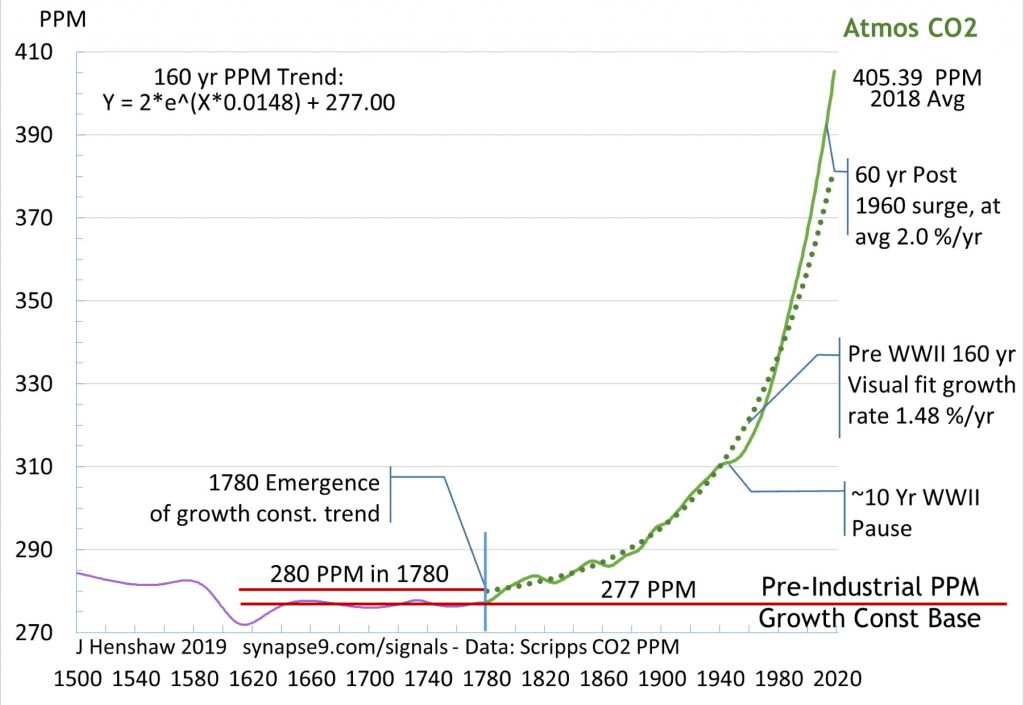
Fig 3 the history of Atmospheric CO2, with fixed growth rates from 1780 to 1940 and 1960 to the present
The main determinant of success for FAIR distribution of excess savings is not just the relief of pressure on the global commons it would bring. What matters as much is whether the money is well spent, and delivers “good works” of long term value. The expectation is that people with accumulated profits to distribute, with some technical guidance, would have an “eye for value” and see what the world needs to be successful, having demonstrated a comparable “eye for value” to make themselves successful.
Spending to serve the common interest presents the same kind of creative investment problem only looked at in a new way. FAIR spending is an investment decision for serving the system as a whole, that will be returned with profits of other kinds you couldn’t buy. That is the same way a family benefits from spending savings on educating its children. That is saved profits well spent. It’s a question of “feeding” the world something nourishing, not “controlling” it.
Well spent, FAIR distributions would teach both people and institutions about the patterns of growth in nature, and how investment at the limits is returned manyfold.
Because the FAIR spending of assets is something of a new investment field, it would need guidance and support from economic research and modeling. Also needed is a connection with the social networking of practice communities, both to guide to creating lasting value. Initially, it would be a voluntary adherence to a community principle, and then later formalized to be more widely applied. With new proposals for expansive strategies, the devil is generally in the details so serious economic modeling and rulemaking study to explore options. The scientific study of how finance is coupling with its growing planetary impacts, reliable sponsorship, and teamwork in building the global movement are all critical.
The hope is that the principles are practical and clear enough that they could spread naturally and become socially expected. Even connecting idea that growth is responsible for our problems continually racing out ahead of our solutions should be a task for a global IPCC-like scientific network, perhaps called the IFIC (International Fiduciary Investment Council). That would focus work on systemic research, to guide national organizations on rating impact investments for the commons. Someone will need to attempt to “qualify” the likely impacts of different kinds of for-profit and non-profit grants and investments. Coupled with each investor’s eye for value that could be relied on to steer the economy through its many present crises, including COVID, to a thriving and lasting climax.
Challenge: This proposed “human duty” (to go along with our “human rights”) for investors and business to devote a share of their financial savings to serve the common interest seems simple enough to define and discuss in principle. What’s harder to define is how much time we have to avoid the next wave of crises, as in the past, likely to be as unimaginable to us now as the present ones were before. We should “Build Back Better,” and with an eye to economic, planetary, and environmental justice.
Restoring the economy to maximize its long term growth is the most dangerous course of all, inviting a crippling systemic delayed response like the delayed responses to COVID-19 which caused most of the deaths. If we just restart the growth economy, already severely weakened, you might expect the kind of failure at the limit shown by the light blue upper curve (Fig 4). That choice amounts to no response in the end and leads to system failure. We seem already well beyond the sustainable limit and so only have a last-chance response, to turn toward the sustainable limit like following the purple curve.
Once the world realizes that businesses and investors do really have a natural duty to steer the world economy in the common interest we’ll find more ways to do it. The physics of responding to natural limits (Fig 4) shows that early responses to natural growth limits don’t significantly delay the approach to the limit. It is mainly delayed responses you need to worry about. FAIR principles, perhaps combined with other strategies for topping off excess financial savings, are today likely the only option for making a transition to a thriving climax without major disruption.
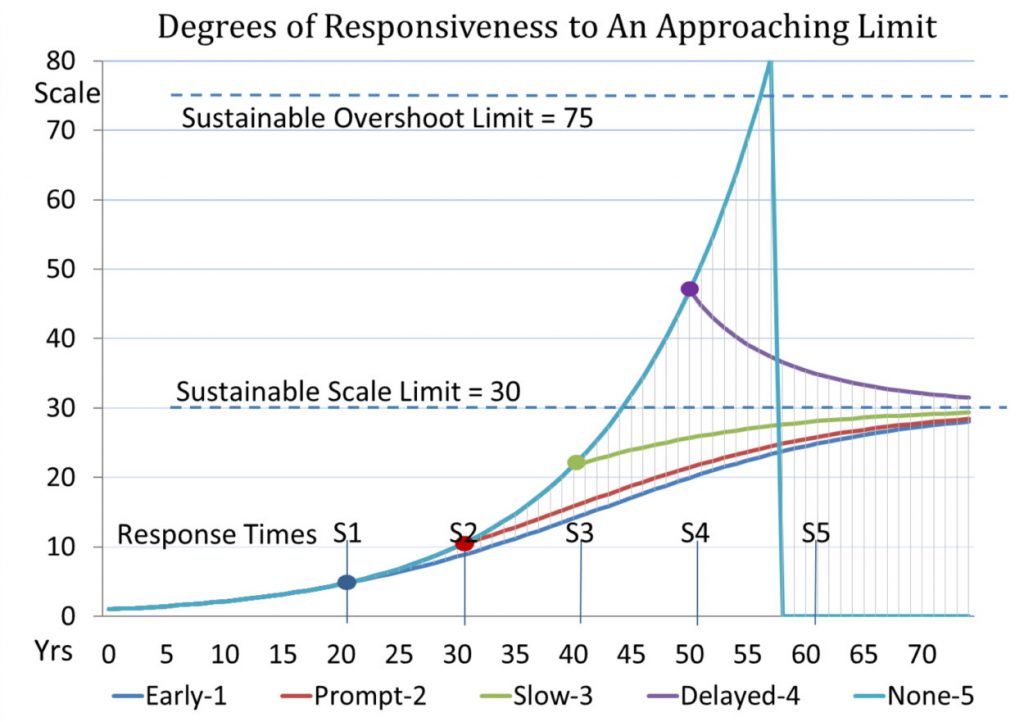
Fig 4, The high risk of delay in responding to exponential threats. From Models Learning Change (Henshaw 2010)
Origin of the FAIR Concept: A series of tweets 05/24/20 … and historically, from the work of JM Keynes, 1935 General Theory, Chapter on “Sundry Observations on the Nature of Capital” Chapter – 16 III & IV, describing why the natural financial climax of the economy requires financial savings to climax to prevent the very worst effects of capitalism, implying that the wealthy need to learn to spend rather than save their profits to preserve them, by making the system as a whole sustainably profitable.
JLH


